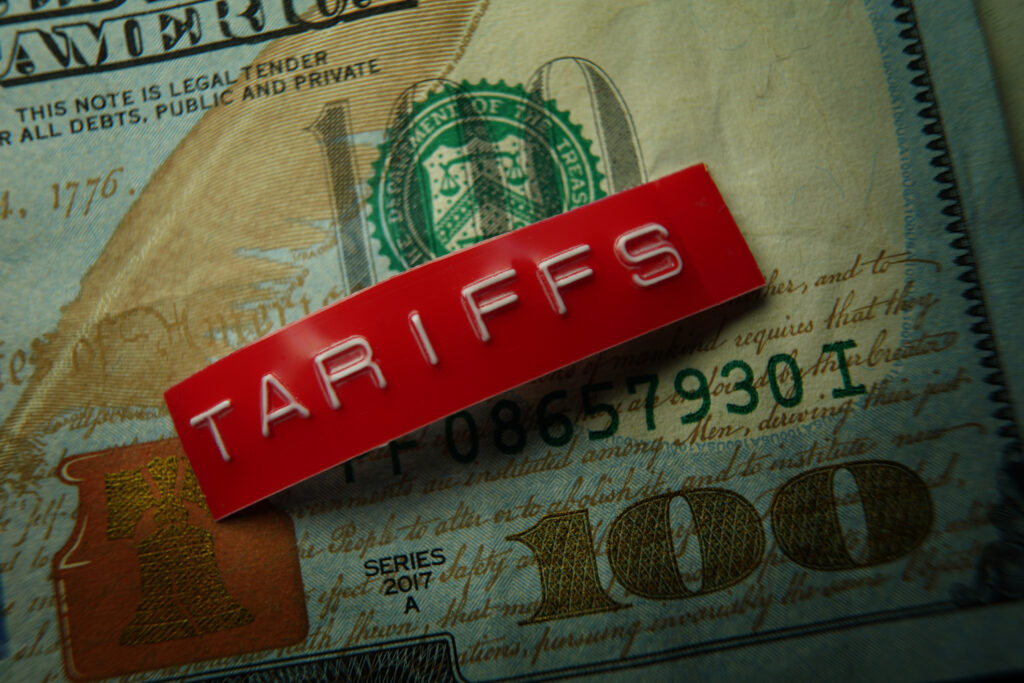Is a housing recovery finally at hand, or are we just witnessing a new bubble fueled by unlimited government finance? Or is it neither of the above?
Average prices for new homes reached a new all-time high of $330,800 in April, a 15.4 percent increase in a single month and 34.9 percent above the January 2009 low of $245,000.
But before you run off to start flipping houses on borrowed money, do not miss the giant grain of salt.
The broader Case-Shiller Home Price Index, which includes prices for new and existing homes, has seen only a 10.8 percent increase through March since hitting its low in January 2012. To be fair, its data for April 2013 have yet to be published and could perhaps show a significant spike in prices across the board.
Stability vs. Volatility
But then again, probably not. The Case-Shiller index has never measured a 15.4 percent increase in new home prices in a single month. It increased only 1.1 percent in March. It would be uncanny if the April numbers showed a larger spike.
In contrast, the new home sales average price published by the U.S. Census Bureau has been extremely volatile since the housing downturn began. Just in March it experienced an 8.8 percent drop in the average price for a new home.
April’s new home sales numbers could simply indicate wealthier buyers in some regions took advantage of relatively low prices for higher-end homes. Or perhaps FHA-insured and VA-guaranteed loans for new homes took a dip while conventional loans increased.
The disparities between the two indices are most pronounced when one considers that while new home prices are seemingly hitting new highs, Case-Shiller remains 26.5 percent below its April 2006 high. Critically, 10.4 million homeowners remain underwater on their mortgages to the tune of $628 billion, reports CoreLogic.
Low Sales Volume
Moreover, in April new home sales registered at only 454,000 units sold on an annualized basis—some 31.5 percent below the historical average of 663,000 going back to 1963, and a whopping 65.8 percent below its March 2005 peak of 1.328 million.
By historical standards, this is a relatively low volume market for new home sales.
Adding doubt we are in a recovery, the number of homes owned dropped in the first quarter of 2013 by 698,000, to 74.5 million, according to data compiled by the U.S. Census Bureau, indicating home ownership is actually declining.
This, after the government has pumped more than $1 trillion into the U.S. housing market via the Federal Reserve, Fannie Mae, Freddie Mac, and Troubled Asset Relief Program (TARP).
With so many Americans still upside down on their homes, it is premature to declare we are in the midst of a robust housing recovery, let alone a bubble, based merely on average prices evident in a low-volume market for home sales. It’s too soon to tell.
Robert Romano ([email protected]) is the senior editor of Americans for Limited Government.




